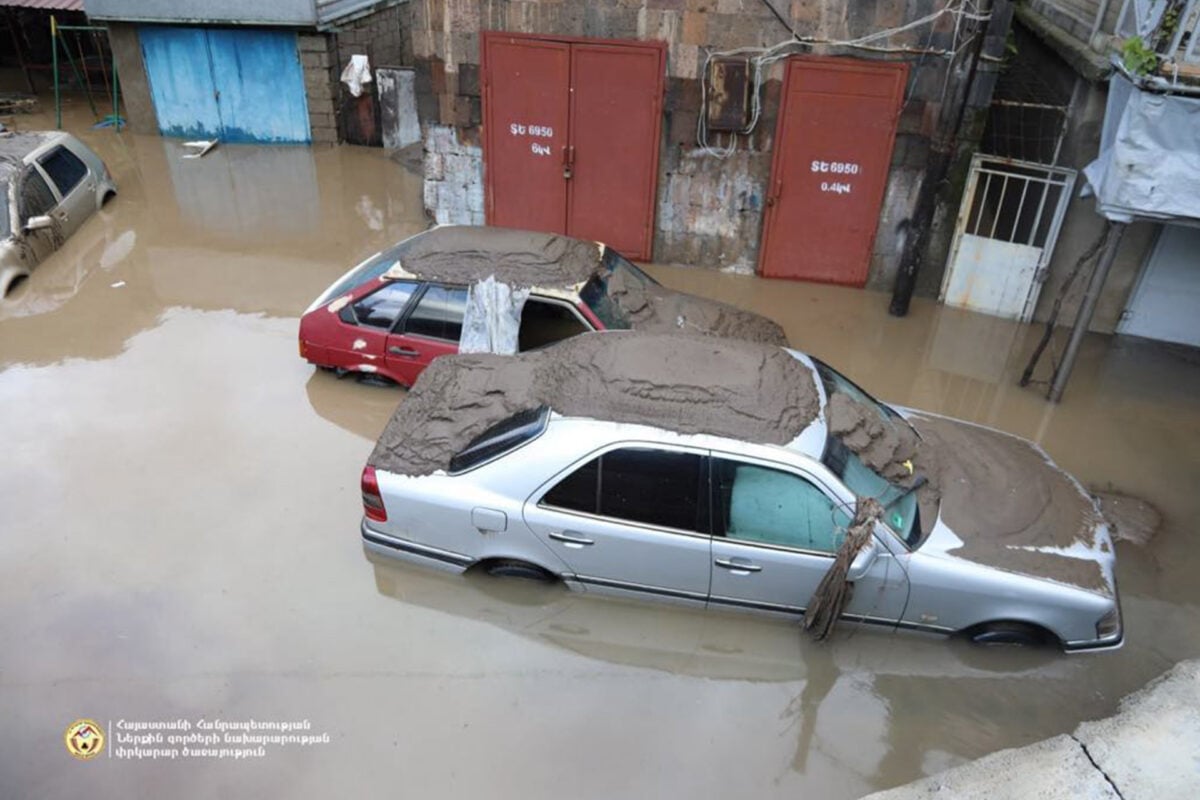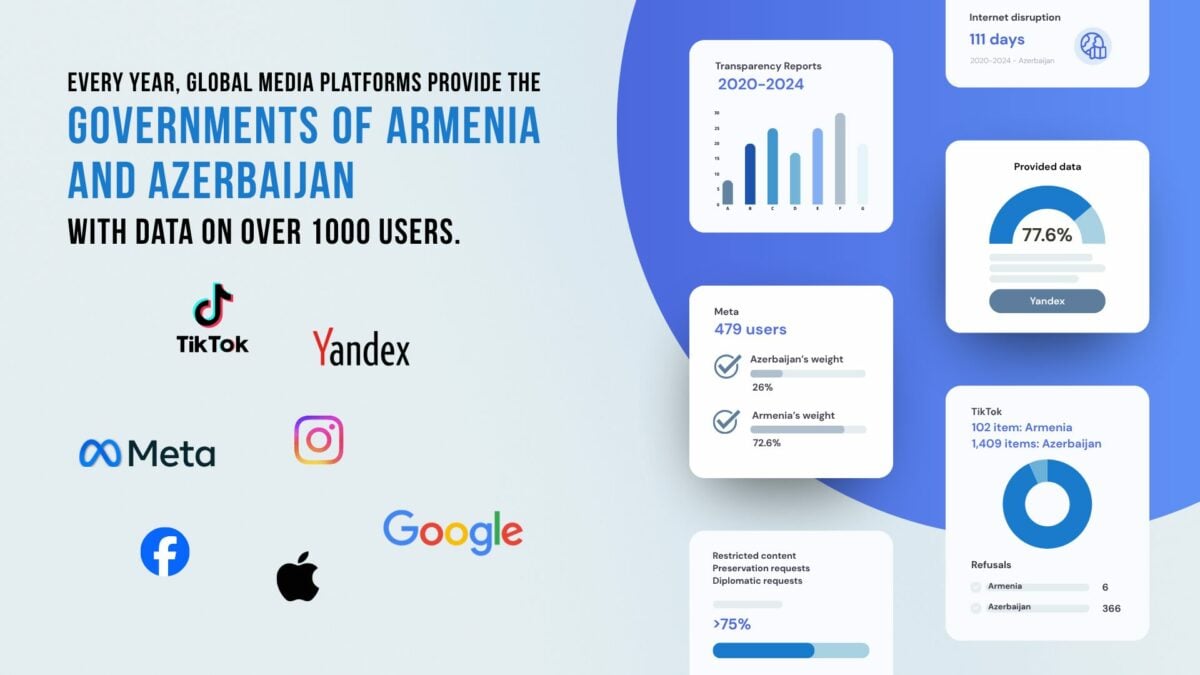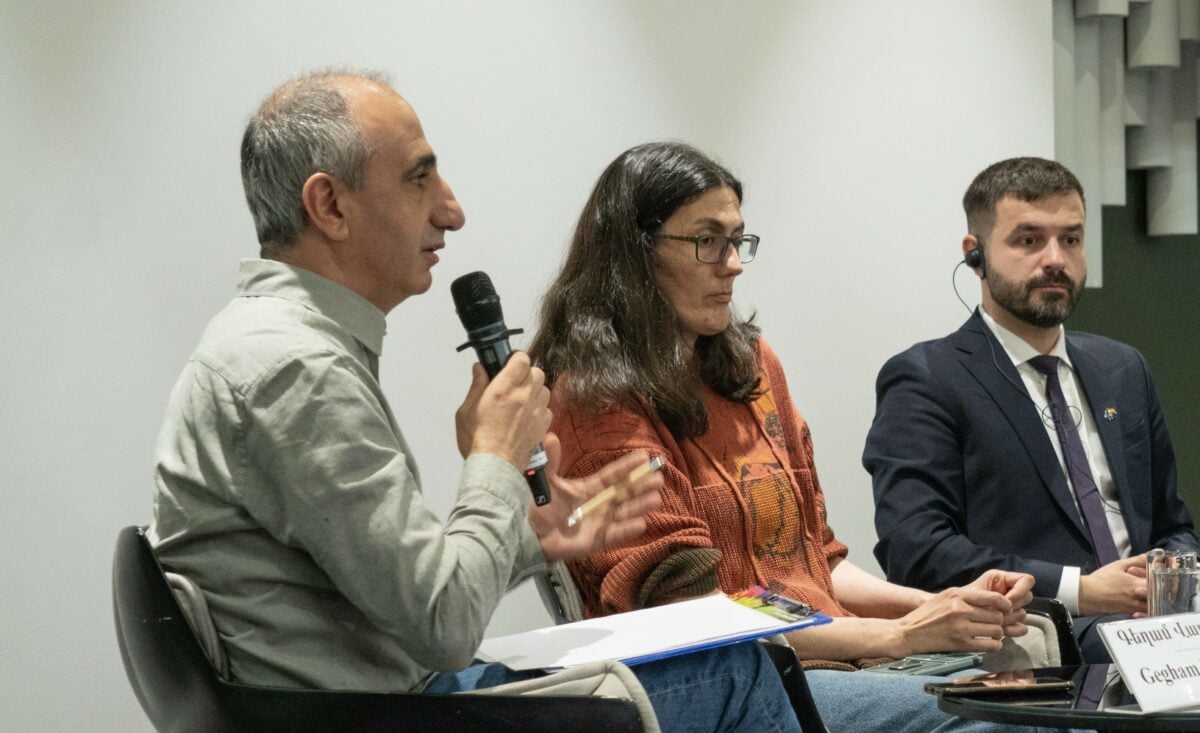Like any other country, Armenia is susceptible to natural or man-made disasters. Predicting, preparing the population, exercising caution, and effectively managing the aftermath is crucial. Unfortunately, after the events occur, it becomes evident that we have failed to learn from past disasters.
Of course, one can at least rely on self-education. When searching for relevant materials in the Armenian language on the Ministry of Internal Affairs website, we discovered that the rescue service only has a Facebook page, and the website of the former MES is no longer available. I couldn’t find the relevant materials despite searching for ten minutes on the Ministry of Internal Affairs website. The materials may exist but are well hidden. On a positive note, detailed Armenian language materials on disaster protection are available on the UNICEF website. For example, from the link mentioned in this article, it can be assumed that there was a corresponding guide on the Ministry of Emergency Situations of Armenia website, which, however, is currently unavailable.
Another issue is the disaster alert system. The current disaster alert system relies heavily on sending short messages to mobile phones. However, these messages are not always delivered promptly. For example, I received a message from the Ministry of Internal Affairs about flood safety rules at 8:22 p.m. on Sunday, which is much later than it would have been helpful had I been on the site. Based on our data, it looks like a warning alert message was not sent to subscribers. Unlike earthquakes, floods can be predicted hours in advance, allowing timely warnings to be sent to the population.
Furthermore, even if a warning had been issued, some residents in the area might not have paid attention to it. Many could believe it’s a scam or simply ignore it altogether. The main reason for this is the absence of a well-established awareness and notification system that is familiar and understandable to the country’s residents.
One of the major issues during a disaster is the lack of reliable communication. In disaster zones, people must be able to communicate for awareness, rescue operations, and more. Various technical solutions can provide at least basic communication access for the population until mobile and internet connections can be restored or radio communication can be made available.
One possible solution is to use a mesh network, where network devices form independent connections. A mobile phone option for this is the NewNode app, which enables phones to connect and create an internal communication network without relying on an existing cellular or Internet connection. However, to establish such a connection, it’s necessary to prepare in advance by downloading the required applications and testing their connection in peaceful conditions.
In summary, we repeatedly return to the same idea: preparing for disasters before they occur is essential. This practical knowledge should be accessible to everyone, without exception.







